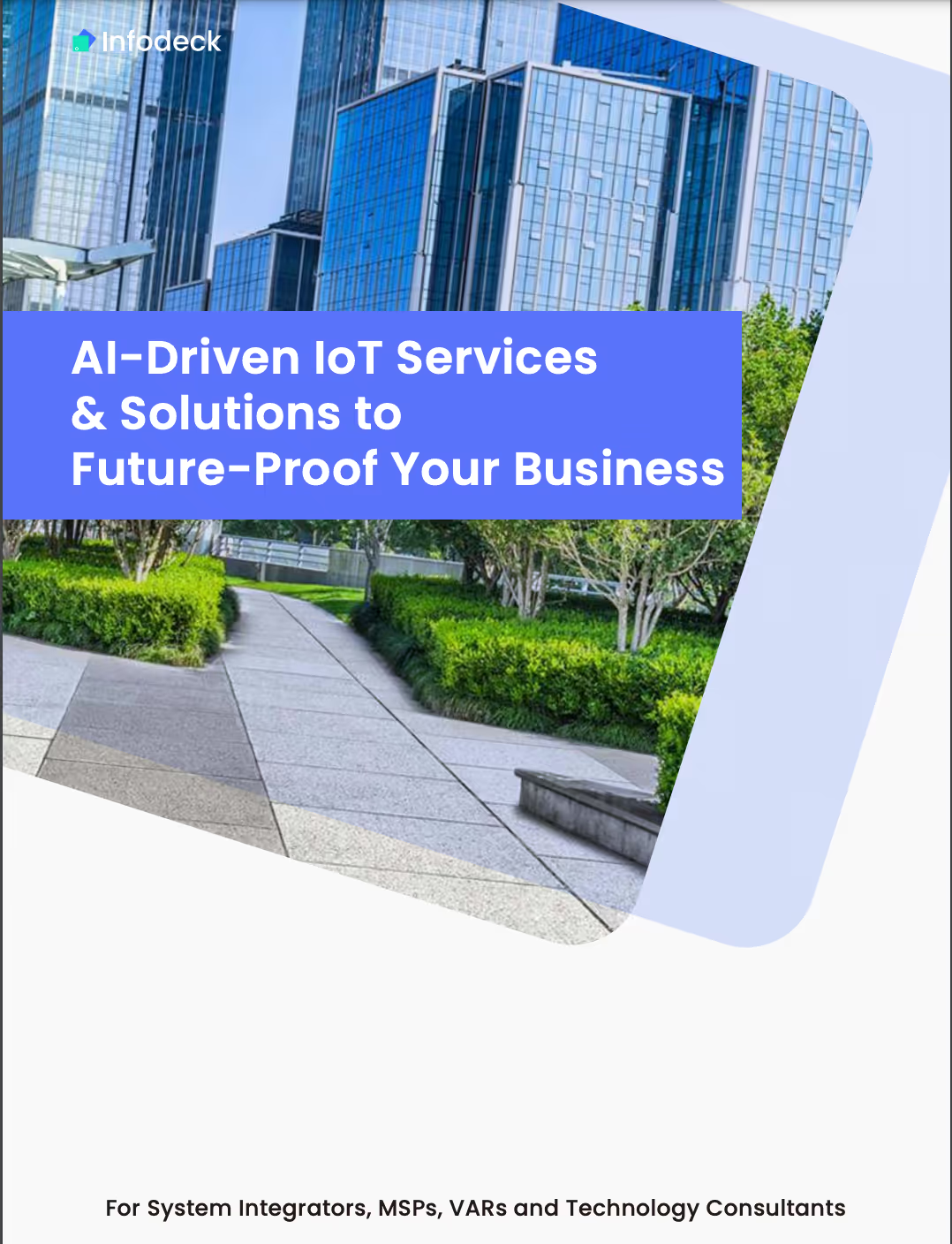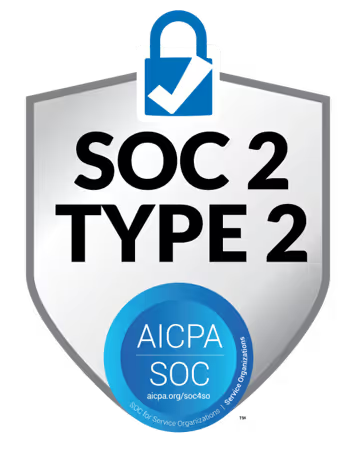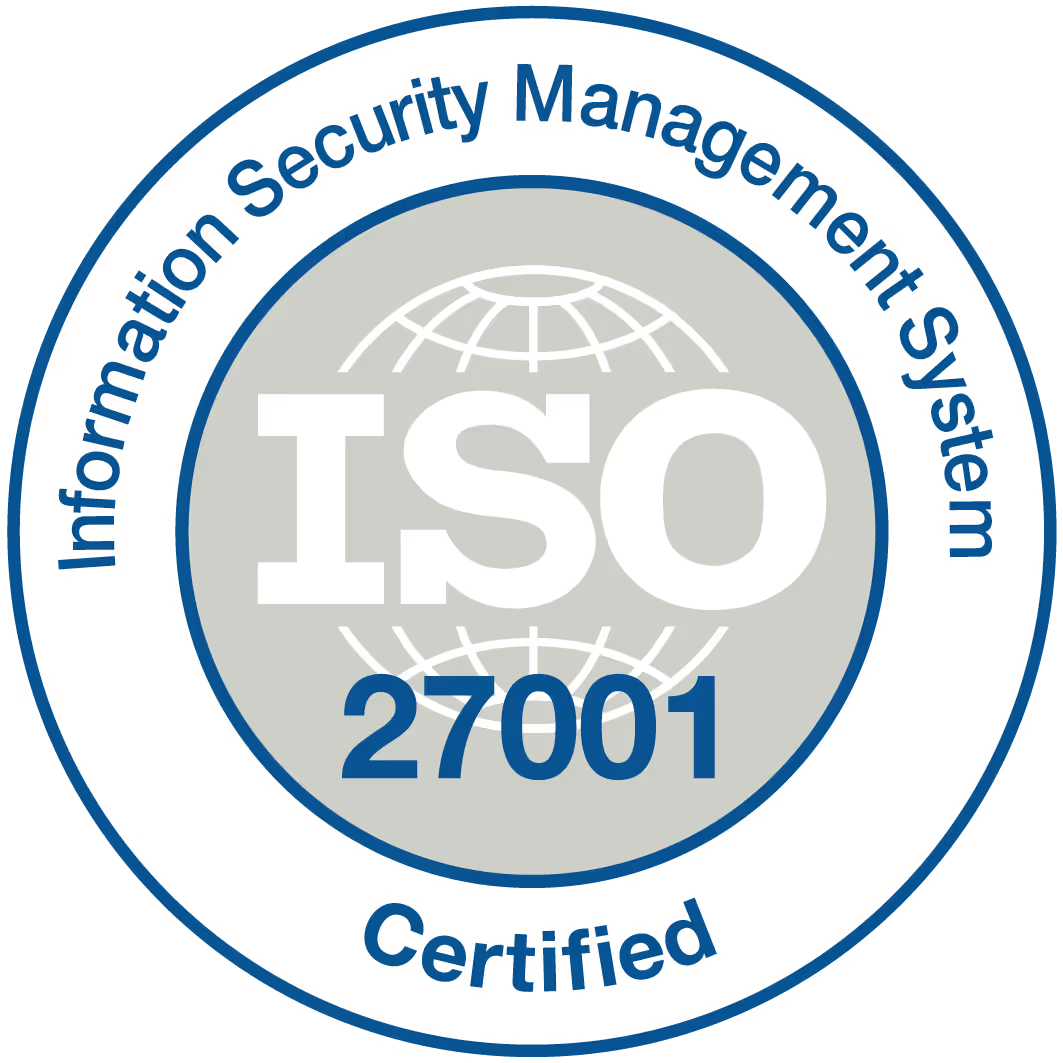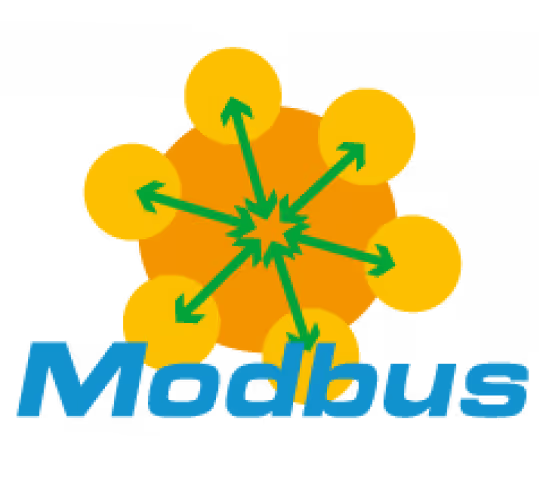Traditional BMS vs data-driven decision making in smartfacilities management
Key Takeaways
- Building management system software centralizes control of HVAC, lighting and security, making buildings more efficient and driving down costs. Easy to use interfaces for smooth operations on the facility management and staff adoption sides.
- Real-time monitoring and advanced analytics inform decisions to optimize energy use and occupant comfort and safety in modern buildings.
- While integration of multiple building technologies is crucial to efficient operations, organizations need to solve legacy system compatibility and implement strong security measures to safeguard assets and data.
- Smart building technologies and IoT devices allow for automation, predictive maintenance, and adaptive environments — leading to increased energy efficiency and lower utility costs.
- Our modern building management systems support sustainability goals, help you achieve green certifications and contribute to lower carbon footprints by managing resources more efficiently.
- Beyond just future-proofing investment, choose scalable, flexible BMS solutions, provide ongoing training and support to users, and emphasize cross-functional facility management team collaboration to get the most out of your system.
Building management system software is acentralized platform that allows you to monitor, control and optimize essentialfacility operations like HVAC, lighting, security and energy use.
Modern solutions pair with IoT sensors and the cloudinfrastructure to provide real-time data, automatetedious maintenance tasks, and predict asset performance.
For CTOs and engineering leads, the rightsoftware delivers measurable advantages—minimizing downtime, reducingoperational expenses, and making compliance with safety standards moreefficient.
Technical teams struggle with legacyintegrations, data silos, and scaling when portfolios grow. Knowing how thesesystems are architected and implemented guides organizations to choosesolutions that best fit their technical and business objectives.
The next sections decompose essentialfunctions and implementation considerations.
What is Building Management System Software?
BMS software is a centralized softwareplatform for controlling and automating core building functions. Itconsolidates disparate technologies such as HVAC, lighting, energy metering,and security into a single interface. The software is based on open standards—includingBACnet, Modbus, and KNX—to provide interoperability across vendors.
For tech leaders, BMS platforms providequantifiable improvements in energy efficiency, operational resiliency andcompliance, satisfying progressively stringent global standards. Intuitivedashboards, powerful APIs, and cloud-based access are now the norm, empoweringon-premises and remote facility management. BMS software is key to optimizingperformance, reducing costs, and keeping occupants safe and comfortable.
1. Core Functions
Energy management, maintenance tracking,and space management describe the backbone of BMS software. This real-timemonitoring empowers facilities teams to make data-driven decisions, identifyanomalies and respond immediately.
Automation—such as scheduled lightingadjustments or predictiveHVAC controls—takes routine manual tasks off their plate and liberates yourtechnical talent to tackle higher-value work. Analytics modules surfaceactionable insights by processing sensor data and historical usage, empoweringbuilding managers to optimize resource allocation.
Facility teams, for instance, can usepredictive maintenance models to predict equipment failures before they affectoperations. The result: improved uptime, reduced energy bills by up to 40%, andamore sustainable building footprint.
2. System Integration
Built-in interoperability between disparatesystems—security, HVAC, lighting—means everything works as a seamless whole.Through the portal, operators have full transparency and direct control overevery subsystem. This allows real-time communication with devices likeautomatically locking doors during a security alert.
Integration comes with its own perils.Protocol mismatches, legacy hardware and data silos can stall progress.Embracing open-source solutions and API-first platforms reduces theseheadaches, offering adaptability and longevity for ever-transforming techstacks.
3. Data Analytics
Advanced analytics find inefficiencies bystudying performance trends and sensor streams. Predictive maintenancealgorithms identify equipment at risk of failure, minimizing downtime andsaving costs.
Data-driven optimization of HVACscheduling, for instance, can reduce energy consumption by 30% or more.Analytics assist occupant comfort by monitoring air quality. Automatic changeskeep things healthy, and reports help you stay compliant with safety and energystandards.
Cloud-based systems provide these insightsas they occur, allowing for proactive management from anywhere.
4. Occupant Experience
BMS software enhances comfort and security,automating lighting, temperature and entry. Intelligent feedback loops enableoccupants to log problems, influencing continuous enhancement.
Visitor management modules simplify guestcheck-ins and improve security. User-centric UIs facilitate staff in respondingto occupant needs. User feedback is essential for refining strategies.
5. Security Protocols
Encryption, role-based access, and networksegmentation safeguard BMS environments. In addition, integration with videoand badge systems fortifies perimeter protection.
Automated alerts and real-time monitoringallow for quick incident response. Routine security audits ensure complianceand continuous improvement.
The Shift to Smart Buildings
Smart buildings represent a decisive shiftfrom siloed, legacy building management systems to integrated, openarchitectures. Instead of silos of control—standalone HVAC apps or bareboneslighting panels—we’re now seeing facility managers craving centralizedplatforms able to coordinate multiple subsystems. This transition translatesinto less vendor lock-in and more freedom to scale, adapt, and interconnectassets of all kinds, paving the way for integrated building management systems.
Open-source and API-first BMS platforms areparticularly in demand, as they enable teams to tailor integrations, automateworkflows, and retain developer control. For technical leaders, the convergedinfrastructure network forms the backbone: every device, sensor, and controlpoint connects to a single, secure network. This enables real-time analytics,security policies, and future-proofing the stack for whatever comes next.
IoT devices are key to this ecosystem. Amodern smart building is hundreds of thousands of connected endpoints—temperature,smart meters, air quality, badge readers, occupancy—all unified through aplatform. The complexity here is real: robust monitoring tools are required tovisualize device health, network status, and data flows.
Open-source solutions like Eclipse VOLTTRONor Node-RED are taking hold because of their openness and robust community.Developers want to steer clear of black-box solutions that aren’t easilyauditable or extendable.
Automation is the heart of smartbuilding ROI. With proper orchestration, lighting, HVAC, and access controlsystems react proactively to actual usage. Machine learning models, sometimesrunning at the edge, can predict occupancy trends and adjust setpoints,generating 10-30% in energy savings.
At scale, this translates to big costsavings and sustainability wins. Security is a given—role-based access,encrypted device communication and automated patching are table stakes.Implementation requires a phased approach: define project goals, installinfrastructure, integrate systems, test thoroughly, and upskill building staff.
Average investment ranges from $5,000 to$250,000+, with ROI horizons of 2-5 years for the majority of projects.Real-world examples include Singapore’s Marina Bay Sands, which uses aconverged network to control energy, safety, and guest experiences.
Additionally, The Edge in Amsterdamshowcases how smart sensors manage lighting and space utilization effectively.Both projects established new positions—master system planner and master systemintegrator—to align technology and operations. Winning means strategizing, notjust slapping down tech for tech’s sake.
Key Benefits Beyond Automation
Modern BMS software offers benefits wellbeyond automation. Today’s platforms provide measurable outcomes in cost,revenue and sustainability. Open-source friendly, API-first solutions withstrong integration capabilities now enable engineering teams to customizesystems for today and tomorrow.
Single pane of glass dashboards, predictivemaintenance, and real-time analytics define a new standard for buildingoperations—where decision-making is data-driven, scalable, and secure.
While automation is a key benefit, smartBMS platforms deliver financial benefits by reducing energy consumption,automating maintenance, and facilitating green certifications that boost assetvalue.
Automated scheduling, submetering, andintegration with third-party tools (like security or DCIM) optimize performanceacross the board.
Operational Efficiency
- Centralized monitoring brings building systems HHVAC, lighting, access control into a single, intuitive dashboard for quick oversight.
- Analytics-platform powered predictive maintenance detects faults early, minimizing downtime and extending asset life.
- Automated workflows and alerting simplify facility team coordination — minimizing manual intervention and improving response times.
- Natural integration with external tools (fire safety, security, equipment vendors) means the BMS evolves WITH technical requirements — not against them.
Smarter upkeep translates to less patchworkrepair and more scheduled saving, reducing downtime. Real-time data, visualizedbeautifully, allows teams to react to issues before they become biggerproblems.
Integration keeps communication smooth andlearning curve low.
Sustainability Goals
- Provide resource tracking and automated consumption reporting for electricity, water and gas.
- Meet global standards (LEED, BREEAM, ISO 50001) with verifiable green metrics.
- Minimize carbon footprint with system schedules and occupancy-driven controls.
- Facilitate waste reduction by monitoring and benchmarking usage patterns.
Intelligent technology enables sustainableoperation.
German hospital cuts energy use 24% withBMS-driven optimization. Green certifications, enabled by integrated data andreporting, provide tangible environmental and business value.
Overcoming Implementation Hurdles
Implementing an integrated buildingmanagement system software is never merely a tech upgrade. Typical pain pointsinclude integrating with legacy systems, satisfying stringent data privacyrequirements, and achieving user adoption. Addressing these challenges requiresa no-fluff, real-world-minded methodology that prioritizes proven technology,management automation, and quantifiable outcomes above all else.
Legacy Systems
Legacy building automation platforms arenot necessarily interoperable, scalable, and real-time analytics is key formodern facility operations. Many continue to use proprietary protocols orsiloed databases, making it difficult to collect data from HVAC, lighting andsecurity together.
There is no way around a carefulevaluation. Map your existing assets, integration points, and flag deprecatedendpoints up front. This upfront diligence avoids surprises and scopes customAPI connectors or middleware you’ll need later.
Carefully decommissioning old tech isessential. Employ parallel runs, data migration scripts, and staged rollouts tokeep the downtime to a minimum. Automate data transfer where you can, but leavemanual verification in the loop for mission-critical systems.
For example, in one international case, ahospital group phased migration from a closed legacy BMS to an open-source,API-first platform, which slashed downtime to less than 2 hours per subsystem.
Data Privacy
Building management systems capturegranular data—room occupancy, energy usage, and even individual movement if IoTsensors are deployed. This brings data privacy issues, particularly asregulations (GDPR, CCPA, PDPA) differ by region.
Deploying robust encryption at rest and intransit is table stakes. Segment networks, least privilege access, and auditdata flows. It’s not optional either — fines for mismanaging occupant data canbe harsh.
Open data policies and informed userpermission systems are necessary. They want users to understand the data thatthey collect, how it’s stored, and who can access it.
User Adoption
Change management is technical as well ashuman. Involving facility teams early — in feedback sessions and pilots —generates buy-in. Deep training (videos, FAQs, workshops) and on-demand supportun-mystify new interfaces and workflows.
Easy-to-use dashboards aren’t anice-to-have; they’re a prerequisite for adoption. Solutions that simplifyreal-time monitoring and predictive maintenance assist in closing the loopbetween energy efficiency and occupant comfort – two key value drivers in smartfacilities.
Future-Proofing Your Investment
No integrated building management systemcan forecast the future, but you can tip the scales in your direction byselecting tools designed for transition. Scalability is not optional—your BMSsystem has to have the capacity to accommodate new buildings, devices, and datavolumes with new added headroom, without having to reprogram everything fromscratch.
Search for cloud-native platforms withdemonstrated multi-site deployments. One pane of glass approach gives you itall—HVAC systems, lighting, energy usage—on a single dashboard. This simplifiesscaling, tracking, and optimizing as your portfolio expands.
Staying current is every bit as importantas initial deployment. Ongoing updates from your vendor shouldn’t be anafterthought. Security patches, performance improvements and feature rolloutsare table stakes now.
While legacy building management solutionscan’t keep up, open-source-friendly and API-first systems allow you to accessthe entire developer world. They do updates fast, usually with peer-reviewedcode and transparent changelogs.
Real-time two-way connectivity through openAPIs makes it easier to add IoT sensors or integrate with enterprise systemsdown the road. For instance, adding support for new BACnet or MQTT standards ismuch simpler if your building management software was built to be flexible fromthe get-go.
Whether it’s emerging smart building tech—AI-poweredanalytics, predictive maintenance, or demand response—they all require aflexible BMS that’s integration-ready. Closed systems = vendor lock-in andcostly upgrades.
With open architecture, you can plug in newmodules, swap out analytics engines, or export data to your data lake viaRESTful endpoints. Integration isn’t just about convenience—it’s aboutfuture-proofing against disruption. If your building management solution can’tevolve, you’ll be replacing it sooner than you’d like.
Vendor relationships are just as importantas technology. Determine whether you want a transactional vendor or a strategicpartner who will co-innovate with you. Leading vendors provide continuingsupport, operator training, and proactive suggestions.
They’ll assist you handle maintenance,onboard new technologies, and maximize ROI over the long haul. A qualitypartnership ensures that you’re never yesterday’s news as new standards andthreats arise.
The Human Element in Smart Facilities
BMS software is only as good as its users.Facility managers fuel the true worth of these platforms. Their know-how inconfiguring automation, setting up alerts, and interpreting dashboards directlyinfluences energy efficiency and uptime. Even the most sophisticated AI-basedanalytics require the eyes of seasoned experts.
For instance, a spike in HVAC usage couldappear to be an equipment fault, but only someone acquainted with the building’snormal rhythms—such as a facility manager—knows it’s the result of a scheduledevent. It’s this human oversight, after all, that transforms raw data intoactionable insights and avoided expenses.
Smart building data is only meaningful whenmediated by human judgement. Automatic systems can sense when rooms areoccupied, but it’s a manager who can manually override presets—such as rampingup the airflow for a high-occupancy meeting.
THERE’S STILL NO REPLACEMENT FORON-THE-GROUND KNOWLEDGE IN STRIKING THE BALANCE BETWEEN ENERGY SAVINGS ANDOCCUPANT COMFORT. Human factors like comfort, productivity and well-being arekey. Facility teams could leverage open-source or API-first platforms to customizecontrols for local needs, such as integrating wellness monitoring fortemperature-sensitive workspaces.
Developer experience counts too — ones withsolid documentation and vibrant communities ease the learning curve, enablingteams to more quickly deploy and customize solutions.
Interdepartmental collaboration isessential. Engineers, IT, and facilities staff require shared visibility—oftenvia centralized dashboards or real-time APIs—to coordinate maintenanceschedules, system alerts, and security patches.
A culture that appreciates cross-functionalteamwork results in quicker response times and less dropped tickets. Forinstance, when security and maintenance teams share access to building eventlogs, they can address access control issues prior to interrupting occupants.Training and communication do matter for adoption, particularly whenintroducing new occupants or new features.
Putting occupant experience first is aboutmore than just comfort, it’s about productivity and longevity. Sense behaviorto automate adjustments, but systems should be open.
From accessibility to localized languagesupport and user-centric design, buildings are serving diverse populations.Social equity matters too: making sure everyone, from visitors to permanentstaff, can use key features without barriers.
As these systems mature, cross-disciplinaryinteraction between engineers, architects, and even sociologists will beincreasingly vital for creating environments that suit all of us.
Conclusion
Building management system software is no longer just about automation. Today, teams navigate a terrain informed by smartbuildings, more ambitious sustainability goals, and rapidly-evolving technologyprotocols. Selecting a BMS platform should be about considering long-termadaptability, interoperability, and the actual needs of those managing thesespaces daily. Trustworthy data, strong APIs, and intuitive interfaces are nowtable stakes—not just nice-to-haves. As the industry shifts toward increasinglyconnected, human-centered spaces, decision-makers who emphasize flexibility anduser experience will pay off in the long run. The future of facility ops is farbeyond just hardware or dashboards. It’s about creating a platform that enablesnot only innovation, but day-to-day operational mastery.
Frequently Asked Questions
What is building management system software?
Building management software, specificallya building management system (BMS), optimizes performance and comfort bymanaging and tracking systems like HVAC, lighting, and security.
How does BMS software support energy savings?
BMS software, as part of an integratedbuilding management system, maximizes energy efficiency through automation bycontrolling equipment schedules and tracking energy use to minimize waste andoperational expenses.
Can BMS software improve building security?
Yes, the integrated building managementsystem can connect with security facilities, track entry, control alarms, anddeliver direct notifications, enhancing security and response speeds.
What are common challenges when implementing BMS software?
Issues such as initial expenses, fittingwith current infrastructure, and educating personnel can be mitigated with anintegrated building management system and expert support.
Is BMS software suitable for older buildings?
Right, but retrofitting often means extracost and technical fiddling. Many building management systems, including newBMS platforms, work with both new and existing infrastructure.
How does BMS software help future-proof a facility?
BMS software is scalable, allowing it toevolve with new technologies and regulations, ensuring long-term value andupgrade readiness within an integrated building management system.
Do occupants benefit directly from BMS software?
Yes, the integrated building managementsystem optimizes indoor comfort, air quality, and lighting while deliveringsecurity, enhancing the occupant experience.

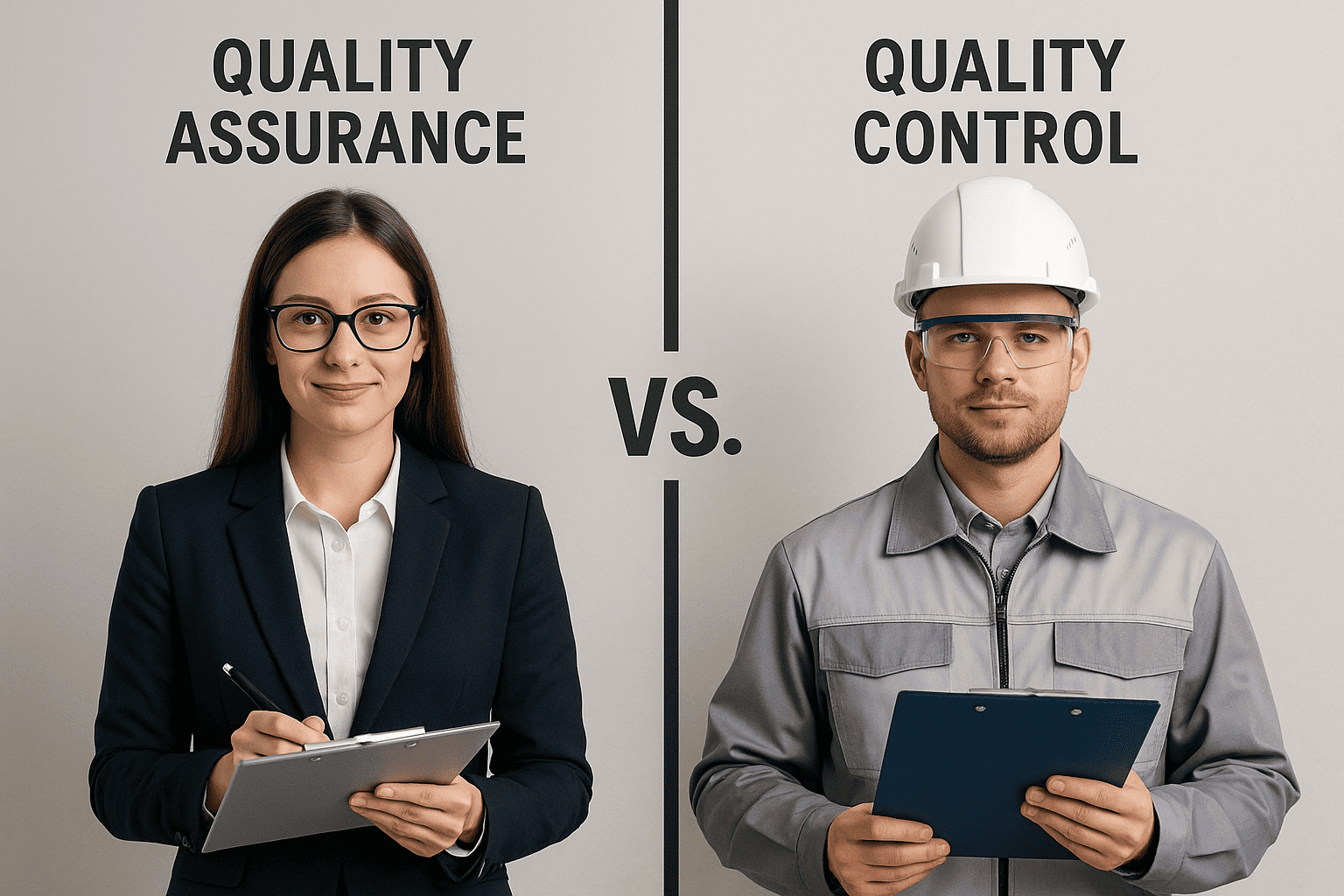

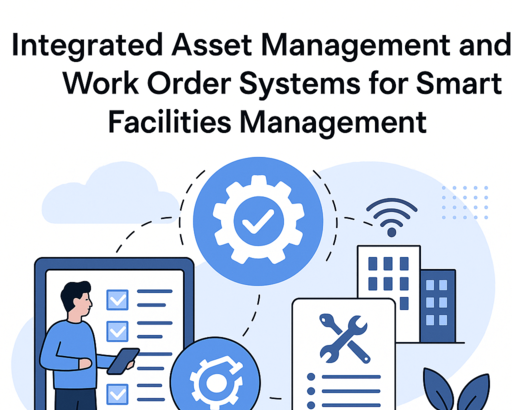
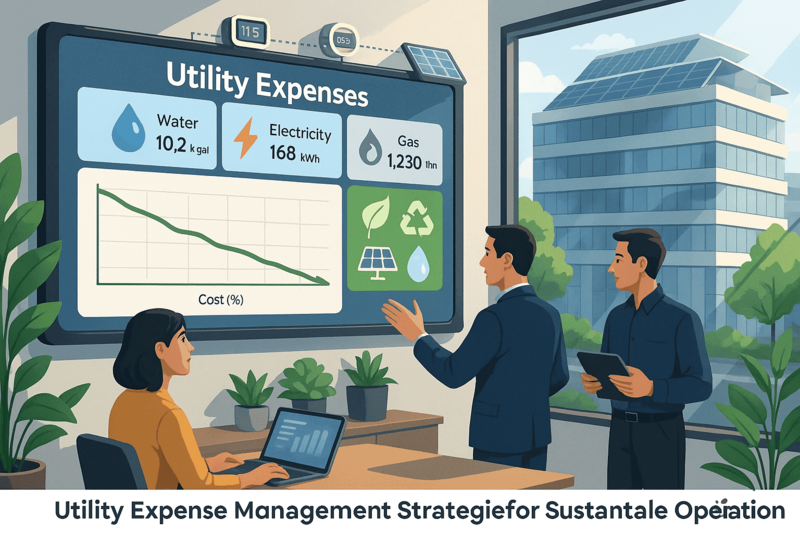



.png)


.png)





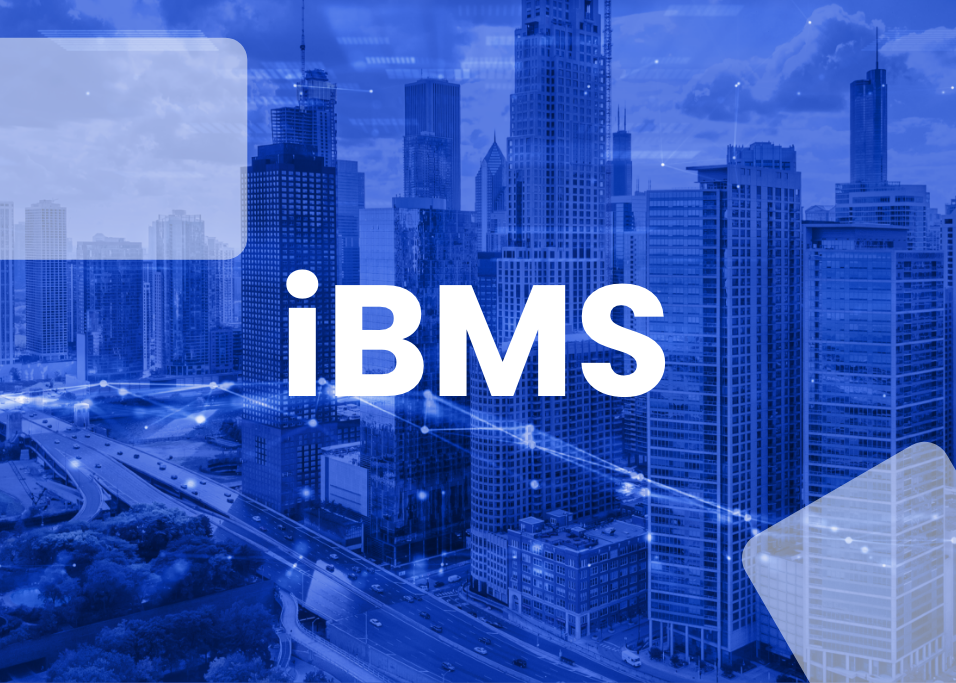












.jpg)








